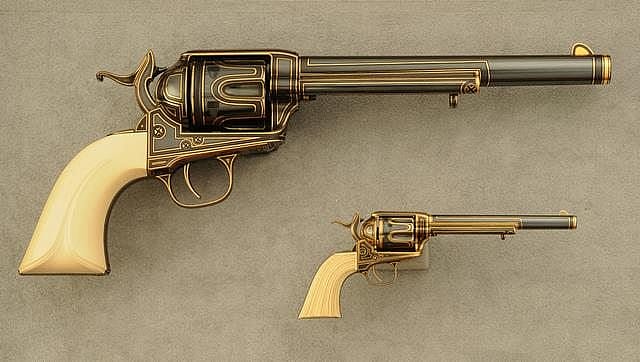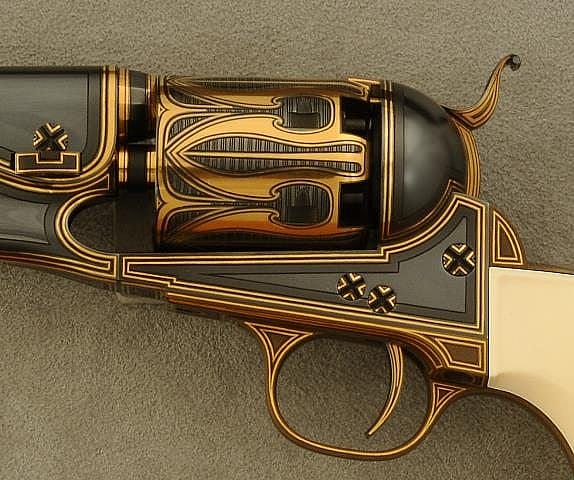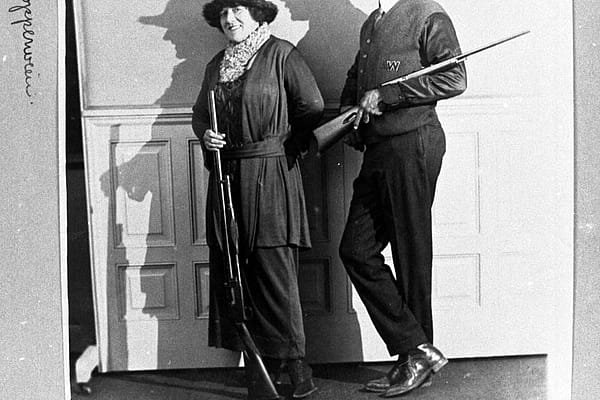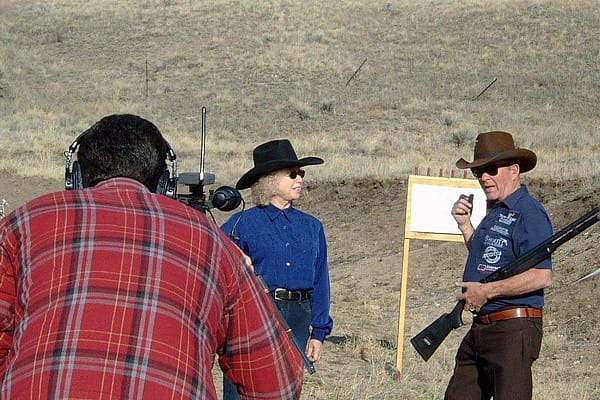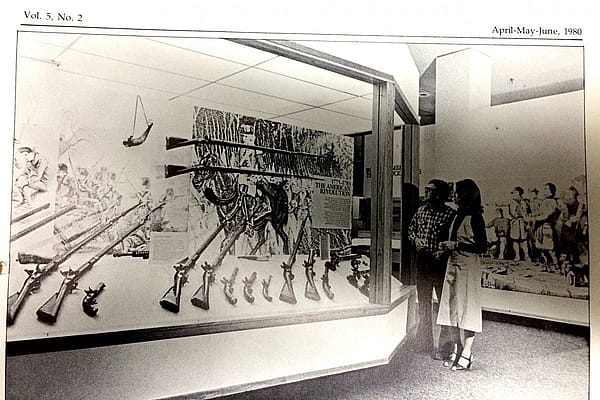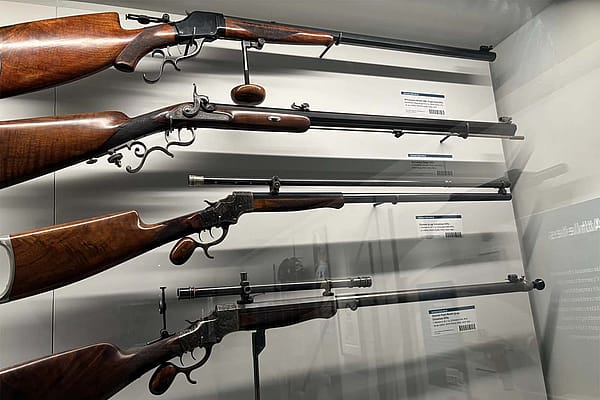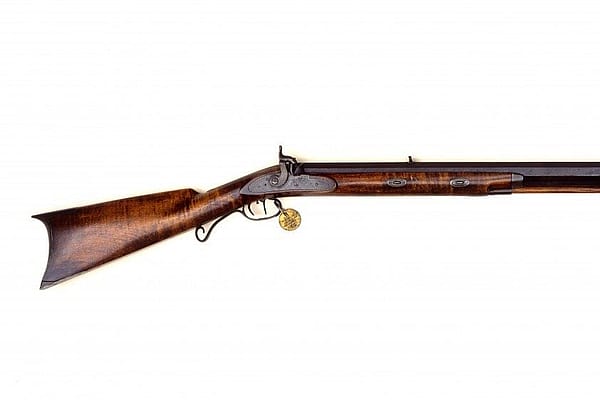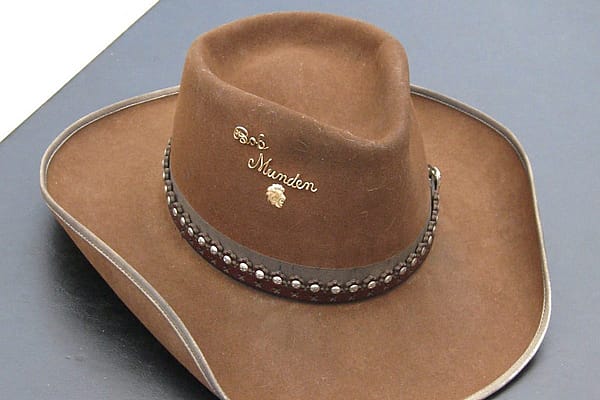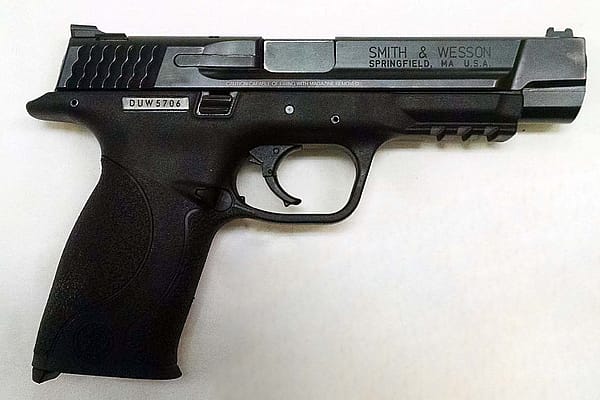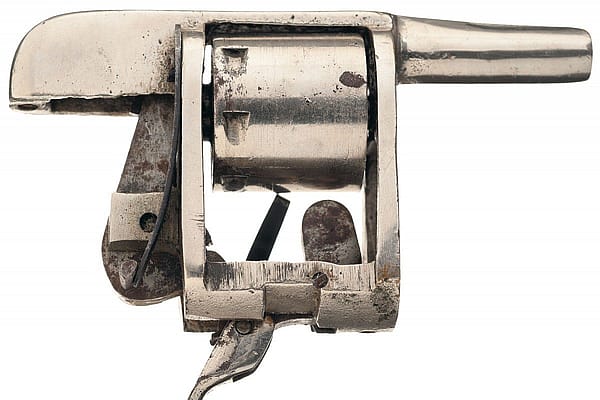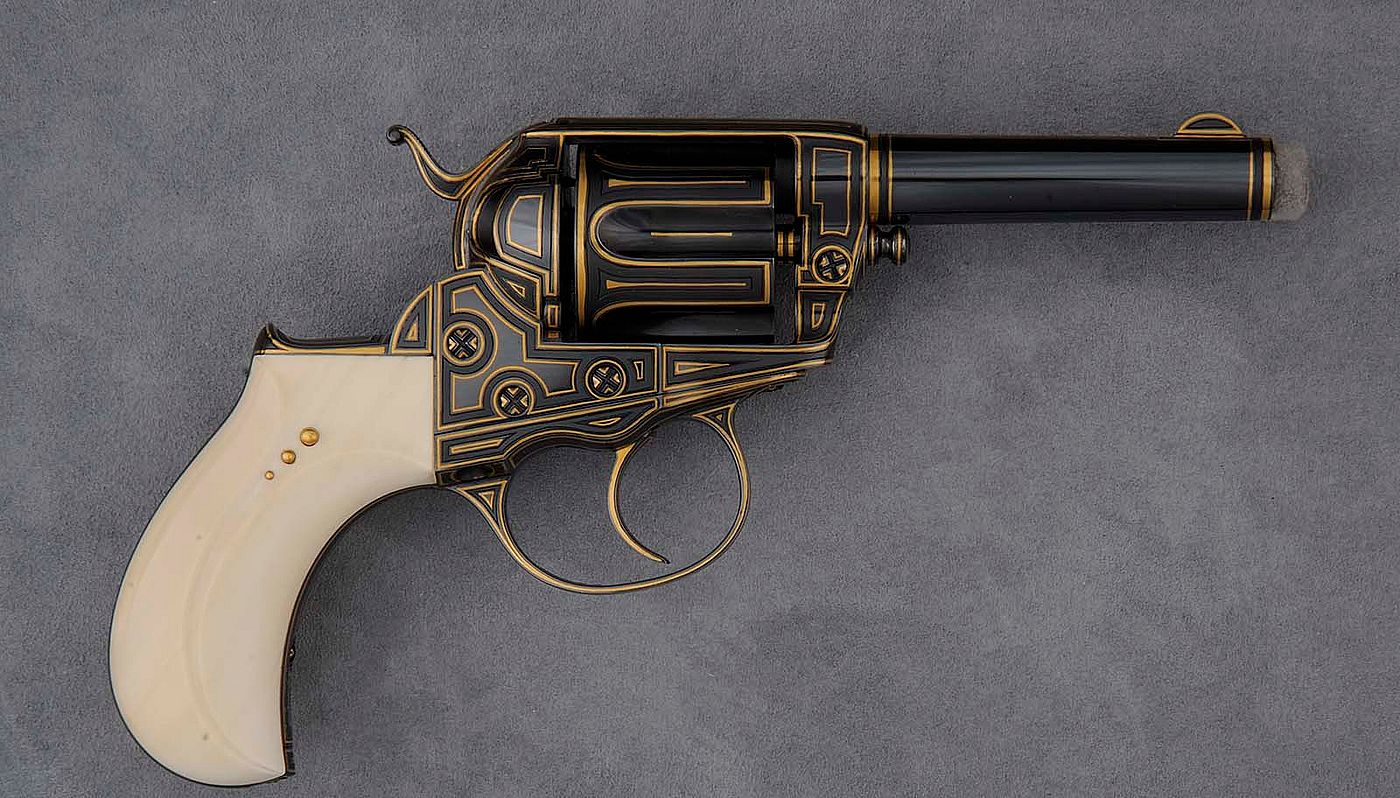
Art Guns: Aesthetics Over Function?
Not everyone that comes to the Buffalo Bill Center of the West is a gun aficionado. We know that, and embrace the challenge to draw in new audiences. One recent exhibit focuses on art guns. What is an ‘art gun’? There are many definitions, but we see them as firearms that can be appreciated for visual value equal to or even above function. In our Embellished Gallery, we have a display that embodies this aesthetic in the guns of Raymond Wielgus.
Raymond Wielgus (1920 – 2010) was a Chicago-based sculptor, conservator, and collector of ethnographic art. He retired in 1970 and moved to Tucson, Arizona, with his wife Laura. There he discovered a new passion to which he devoted more than 30 years of his life. One day he was shooting his Colt Diamondback Revolver and he decided to alter it stylistically.
Within this collection are original and reproduction firearms created by manufacturers such as Colt, Smith and Wesson, and Remington. Wielgus enhanced the historicity of these mass-produced artifacts. In this collection, visitors can see an embellished Volcanic pistol. In addition to notable western firearms, they can view accented military arms like the Colt Model 1860 Army Revolver.
The entire collection is influenced by traditional firearms engravings, combined with an Art Deco twist. These firearms reflect Wielgus’s passion for the ethnographic art of Africa, Oceania, and the Americas. He fused these styles into one sculptural form through the engraving, carving, and inlaying procedure known as damascening—an art of Ancient Asian origin. Gold and other precious metals were chiseled into these steel sculptures—even the screws have been damascened! He also hand-carved all the elephant ivory grips.
To say the Wielgus firearms are ‘art guns’ valued above the overall function is an understatement. In order to accomplish the tedious inlaying process, Wielgus had to make the firearms inoperable due to the need to immobilize certain mechanisms. Many gun guys may say, “Well what’s the point of a gun that doesn’t shoot?” I would love to hear arguments for or against it. To us, however, the engraving patterns on these guns differ so much from the traditional that it may influence a young engraver to attempt to provide a different type of embellishment to functioning firearms.
Written By
Ashley Hlebinsky
Ashley Hlebinsky was formerly the Robert W. Woodruff Curator of the Cody Firearms Museum. She worked between the Smithsonian’s National Firearms Collection and the Center in various capacities. She then joined the Center as a full-time staff member in July 2013, eventually serving as the Robert W. Woodruff Curator of the Cody Firearms Museum. She earned her Bachelor and Master of Arts in American History and Museum Studies from the University of Delaware. While earning her degrees, Ashley was a competitive ballroom dancer in New York City and has recently begun teaching dance in Cody when she’s not locked away in the gun vaults. She is now a private consultant.

